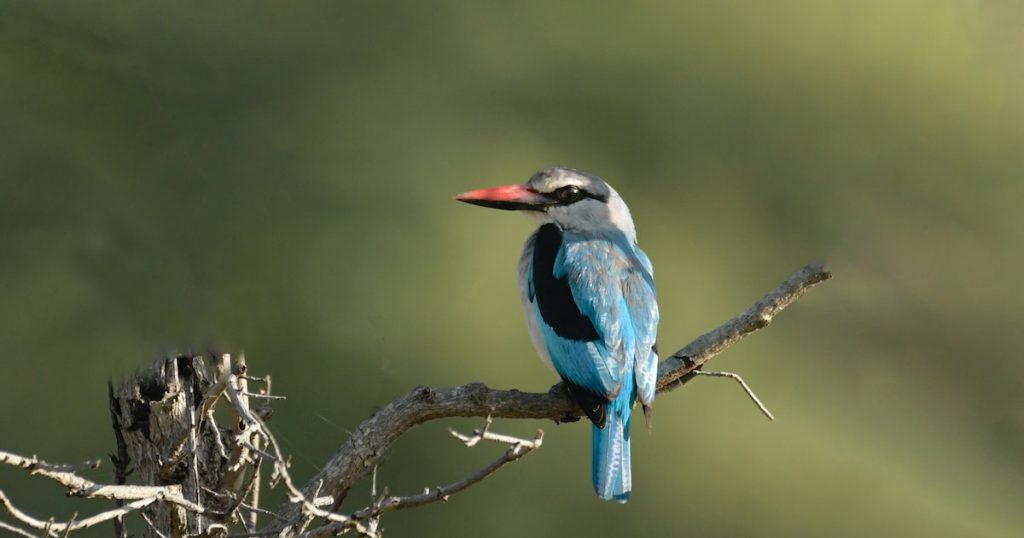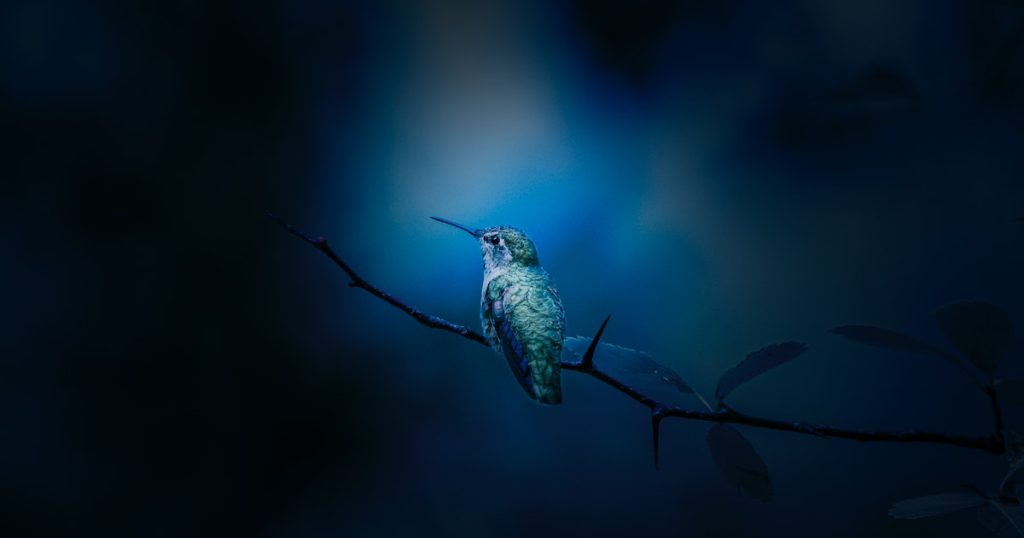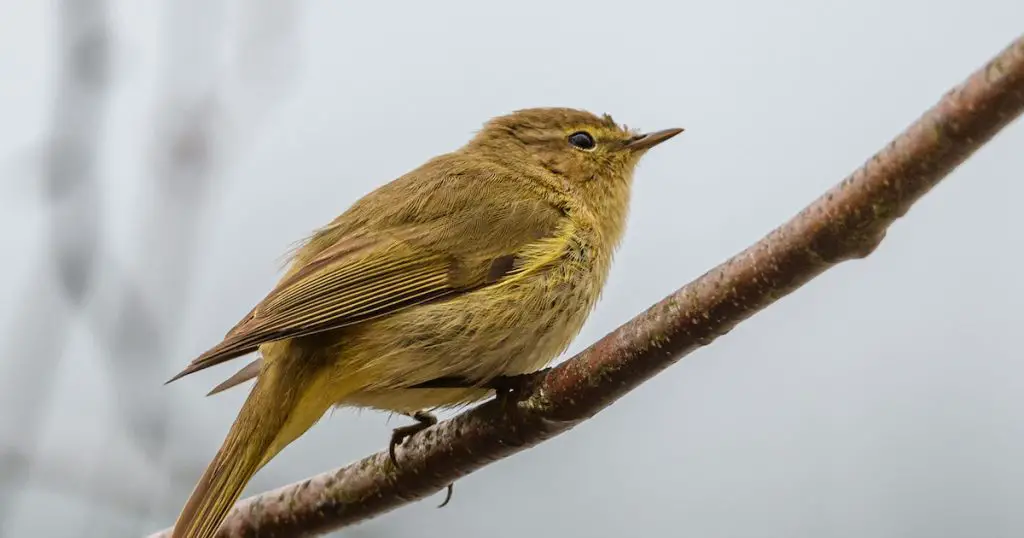Prescott, Arizona, often referred to as the heart of the state, holds a special allure for birdwatchers. The region boasts an intricate mosaic of habitats, providing homes to diverse bird species.

This birdwatching guide for Prescott, Arizona, is your compass to navigate the wonders of this avian paradise.
Why Prescott is a Birdwatcher’s Paradise
Nestled in the high desert of Arizona, Prescott offers a unique blend of ecosystems that attract a variety of bird species. Its topography, comprising forests, lakes, and grasslands, creates a haven for both resident and migratory birds.
The town’s unique geographic location plays a vital role in its rich avian diversity. As detailed by Birding Arizona, Prescott lies at the confluence of the Sonoran and Great Basin desert regions, leading to an overlapping of bird species from both areas. The city’s altitude, combined with the availability of freshwater sources, makes it an inviting stop for migratory birds, some traveling thousands of miles.
Habitats & Hotspots
Prescott’s rich topographical diversity serves as a tapestry of habitats, drawing a multitude of birds to its embrace. From the dense, whispering pines of Prescott National Forest to the serene, reflective waters of Watson and Willow Lakes, each habitat serves as a hotspot for specific avian communities.
The rugged allure of the Granite Dells complements the urban oases like Courthouse Square, ensuring that every nook and cranny of this Arizonan jewel holds the promise of a birdwatching delight. With such a diverse range of settings, every outing in Prescott offers a fresh and rewarding experience for enthusiasts.
Prescott National Forest
The expansive Prescott National Forest is a major draw for birdwatchers. As listed on the USDA website, it is home to over 450 species. From the small, chirpy Mountain Chickadees to the majestic Northern Goshawks, the range of birds one can spot here is truly exhilarating.
The forest has several trails, each offering its unique birdwatching experience. The Thumb Butte Trail, for example, provides opportunities to spot high-altitude species, while the Lynx Lake area is known for its waterfowl sightings.
Planning a visit during the early morning or late afternoon can significantly enhance birdwatching opportunities, as these are peak activity periods for many species.
Watson & Willow Lakes
Birdwatching by the lakeside is a serene experience. Both Watson and Willow Lakes are surrounded by a mix of grassy banks, reeds, and trees, creating an ideal habitat for numerous
bird species. Here, you can spot everything from Great Blue Herons standing statuesque at the water’s edge to vibrant American Goldfinches flitting through the trees.
According to the City of Prescott’s official site, certain sections around these lakes are renowned for birdwatching, especially the eastern shores where one might catch a glimpse of ospreys diving for fish. An early morning visit during spring and autumn can be particularly rewarding, as migratory birds often rest by these lakes during their long journeys.
Granite Dells
The rocky terrain of Granite Dells, with its unique granite formations, attracts a distinct set of avian residents. Birds such as the Peregrine Falcon and Rock Wren often make their nests in these rocky outcrops.
Hiking through the Dells, you’re likely to hear the sharp call of the Canyon Wren echoing off the rocks or spot a pair of White-throated Swifts soaring overhead. An informative article on Visit Prescott suggests the Peavine and Iron King trails are particularly good for birdwatching, offering panoramic views of the Dells and the birds that call them home.
Urban Settings and Parks
While the wilderness around Prescott is rich in birdlife, the city itself isn’t bereft of avian wonders. Many bird species, from the ubiquitous House Sparrow to the colorful Western Tanager, are often spotted in Prescott’s urban gardens and parks.

Courthouse Square, with its mature trees and grassy expanses, is a great spot for urban birdwatching. Here, amidst the city’s hustle and bustle, you might find Cooper’s Hawks perched high above, keeping a keen eye out for prey. Engaging in birdwatching within the city teaches us that nature is never too far away, even in the most urbanized settings.
Birds of Prescott
Prescott, Arizona’s avian treasures are a captivating blend of resident species and seasonal visitors. From the vibrant flash of a Western Tanager darting through the pines to the haunting calls of the Common Loon echoing across the lakes, the region’s birdlife offers an ever-evolving tableau of sights and sounds.
This tapestry, woven with threads of migratory routes and diverse habitats, makes every birdwatching trip in Prescott a unique exploration, revealing the intricate dance of nature in all its splendor.
Resident Birds
Prescott is home to a myriad of resident birds – species that have made this region their permanent home. Some prominent residents include the Mountain Bluebird, Acorn Woodpecker, and Steller’s Jay. Each of these birds, with their distinct behaviors and habitats, adds to the region’s rich tapestry of avian life.
The Acorn Woodpecker, for instance, is a frequent sight in oak woodlands, busily stashing away acorns in tree trunks. On the other hand, the melodious calls of the Mountain Bluebird, often seen in open meadows, herald the approach of spring. The Cornell Lab of Ornithology offers in-depth profiles on these and many other birds, providing fascinating insights for enthusiasts.
Migratory Birds
As seasons change, so does the avian landscape of Prescott. Migratory birds, like the Broad-tailed Hummingbird or the Sandhill Crane, visit the region, making it a dynamic birdwatching destination. The spring and fall migrations are particularly impressive, with flocks of birds filling the skies.

Certain spots, like the aforementioned Watson and Willow Lakes, turn into migratory hubs during these times. The key to enjoying this spectacle is timing. Late April to early June and late August to October are ideal to witness this natural marvel.
Rare and Notable Sightings
While regular sightings thrill, the occasional rare bird sends waves of excitement through the birdwatching community. Over the years, Prescott has had its share of rare visitors. Birds such as the Elegant Trogon or the Painted Redstart, typically not found in this region, have been spotted, causing much buzz among enthusiasts.
Being alert, patient, and at times, just plain lucky, can lead to such exciting sightings. While these rare appearances are unpredictable, they serve as a reminder of nature’s endless capacity to surprise and delight.
Equipment & Planning Your Visit
For a fruitful birdwatching experience in Prescott, some preparation can go a long way. Firstly, investing in a good pair of binoculars can significantly enhance your viewing experience. Websites like Optics Planet offer a range of binoculars suited to birdwatching needs. A reliable field guide, either in book form or a mobile app, can help in identifying and learning about the birds you spot.
Depending on the season of your visit, Prescott’s weather can be quite varied. Checking the local weather forecast and dressing in layers is advisable. Also, carrying a hat, sunscreen, and plenty of water is crucial, especially during the warmer months.
Safety should always be a priority. When exploring remote areas, inform someone of your plans, and if possible, avoid going alone. Remember to maintain a safe distance from wildlife and avoid disturbing nesting sites.
Beyond Watching
Birdwatching, while a solitary pursuit for many, can also be a communal experience. Prescott boasts several local birdwatching groups and organizations, such as the Prescott Audubon Society.
Joining these groups can offer shared outings, workshops, and lectures, deepening one’s appreciation and understanding of the avian world.
Prescott’s Conservation Efforts
The diversity and abundance of bird species in Prescott are not merely products of nature’s whims but are also due to the concerted conservation efforts of local communities and authorities.
One shining example is the habitat restoration work around Watson and Willow Lakes. Efforts to restore native vegetation and improve water quality have made these spots even more appealing to birds, ensuring that they remain prime birdwatching locations for years to come.
The involvement of the community in these efforts, whether through volunteer activities, educational programs, or support for local conservation groups, has been pivotal.

The city of Prescott and organizations like the Prescott Audubon Society regularly host events that promote awareness and involvement in preserving the region’s rich birdlife. Their combined efforts ensure that Prescott remains a haven for birds and birdwatchers alike.
Frequently Asked Questions:
In this section, we will be delving into some of the most common inquiries and curiosities that surround our topic.
What are the top 5 must-see birds in Prescott?
From Mountain Bluebirds to Acorn Woodpeckers, the list is vast. Still, some notables include the Steller’s Jay, Peregrine Falcon, Great Blue Heron, Broad-tailed Hummingbird, and the Rock Wren.
When is the best time of year for birdwatching in Prescott?
While birdwatching can be enjoyed year-round, spring (late April to early June) and fall (late August to October) are particularly rewarding due to migrations.
How can I report a rare bird sighting?
Groups like the Prescott Audubon Society often have reporting mechanisms for unusual sightings.
Conclusion
Birdwatching in Prescott, Arizona, is more than just a hobby; it’s an immersive experience. From the soaring raptors of Prescott National Forest to the melodic chirrups of urban gardens, every corner of this city offers a unique avian spectacle.
Whether you’re a seasoned birdwatcher or just someone looking to connect with nature, Prescott’s feathery denizens are sure to captivate your heart. So, grab those binoculars, set out on a trail, and let the birds of Prescott serenade your soul.



Leave a Comment
You must be logged in to post a comment.